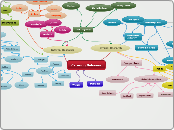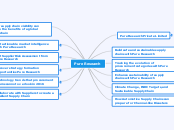av Rocco Cassidy 11 måneder siden
146
Definition and principles of passive design
Passive design in building construction focuses on creating energy-efficient and comfortable living spaces by leveraging natural resources and environmental conditions. Key principles include strategic orientation and layout to maximize solar gain and natural ventilation, as well as the use of insulation and thermal mass to regulate indoor temperatures.









